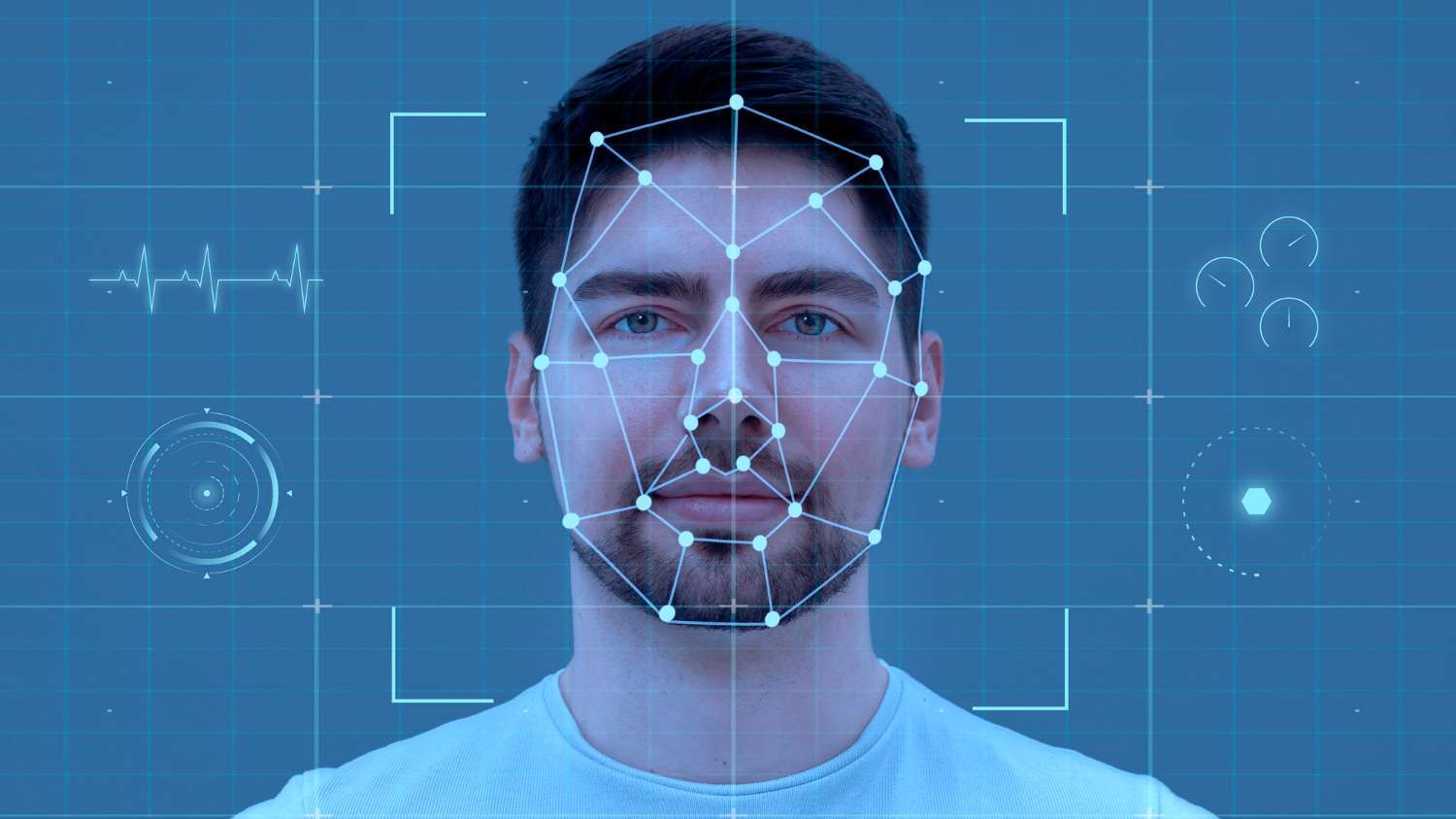With the rapidly advancing world of technology, there are newer and more mystifying concepts that we need to be aware of every day. When it comes to AI, one such concept stands out – Deepfake. So, what is deepfake technology that has been creating a stir? Let’s delve a little deeper.
What is Deepfake Technology?
Deepfake AI is artificial intelligence designed to produce or alter digital content so convincingly that it appears real. It is capable of creating deceptive yet extremely compelling images, audio, and videos. With this technology, the border between reality and illusion becomes increasingly murky. From harmless fun like swapping faces in videos to serious implications like spreading misinformation, the applications of deepfake technology are immense.
Deepfake technology relies on two algorithms – a generator and a discriminator. The generator produces the fake input, and the discriminator tries to identify the falsehood. The interaction between these two algorithms is an integral aspect of what is known as a generative adversarial network (GAN).
The AI Behind Deepfake Technology
Deepfakes utilize machine learning, deep learning, and neural networking to mimic human-like conduct. GAN, a key component of deepfake technology, uses deep learning to identify patterns in real items, which are then put to use for creating deceptive data. In a typical deepfake video production, the GAN analyzes the video from various perspectives, crunching behavior, movement, and speech patterns. After repetitive refining linked through the discriminator, the end result is a video or an image that’s highly realistic.
Even with its current sophistication, we do need to remember that this technology is relatively new. It all started with simple manipulation of photographs and because of advancements in AI and machine learning, along with easy access to cheap computational power and large data sets, deepfake technology is evolving at an unprecedented rate. Be it in the form of fake celebrity videos or false propaganda, deepfakes are getting increasingly adept at fooling the human eye.
Risks and Dangers of Deepfake Technology
Now that we have answered the question of what is deepfake technology, let’s look at the potential dangers it brings with it. Its ability to metaphorically put words into someone’s mouth and make them do things they never did poses serious threats. From meddling with political elections, and spreading fake news, to producing counterfeit videos, the potential misuse of this technology is alarming.
Worse, there are no comprehensive laws against the misuse of deepfakes. Comes with a mightier threat—meddling with biometric systems. Deepfakes can mimic biometric data well enough to trick systems that rely on face, voice, vein, or gait recognition.
Tools are being developed by tech giants like Facebook, Google, and Microsoft to detect deepfake avatars and videos but these are yet to achieve maturity and universal applicability. Furthermore, such tools focus largely on detecting celebrity deepfakes and do not extensively apply to all individuals.
Can We Spot a Deepfake?
Despite the alarming reality of what deepfake technology is capable of, there are ways to spot a deepfake. Researchers have realized that deepfake faces do not blink normally. This is because most of the training sources have subjects with their eyes open, which results in the algorithms ‘forgetting’ to learn about blinking!
There is also a surge in research for more robust ways to detect these doctored videos. It’s crucial to be updated and stay ahead of this technology. Investing resources in deepfake detection research is indeed a need of the hour.

The Silver Lining
Every coin has two sides. Similarly, deepfake technology isn’t entirely evil. It is being used, for example, to improve dubbing on foreign-language films and even to resurrect actors for roles post their demise. While its misuse is alarming, there is potential for creative and positive uses. Awareness, education, and staying informed on the latest happenings in this field could indeed be our best defense right now.
In conclusion, as innovation progresses, the potential for misuse grows alongside. With deepfake technology, we sit on the brink of a world where seeing will no longer equate to believing. Understanding this technology, its uses, and potential dangers are the first steps in navigating this new era.
- Remote Hiring in 2025 - April 5, 2025
- Burnout in Remote Teams: How It’s Draining Your Profits - January 27, 2025
- Signs You’re Understaffed - January 20, 2025
